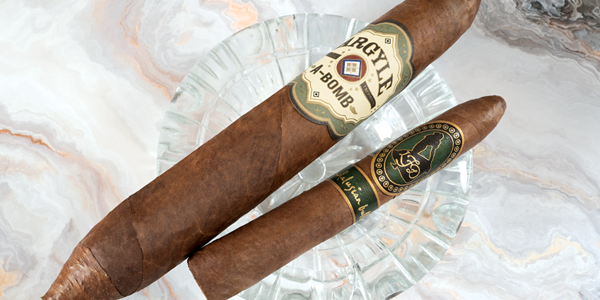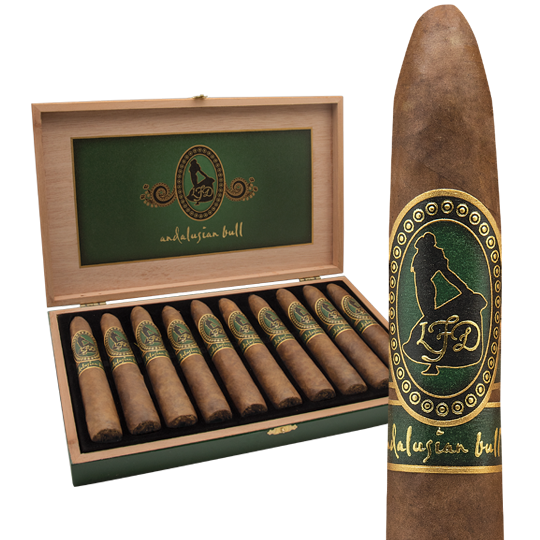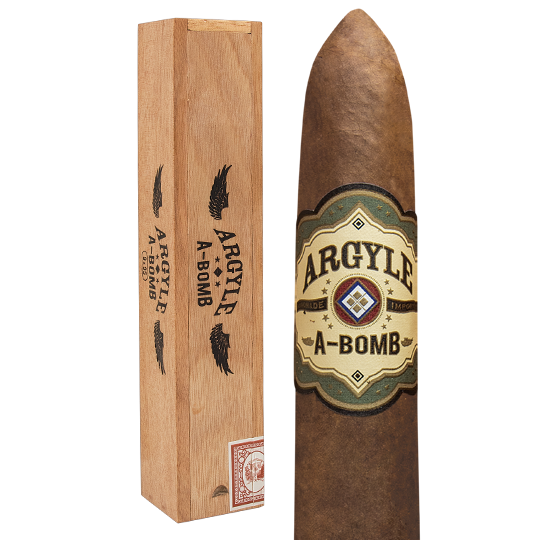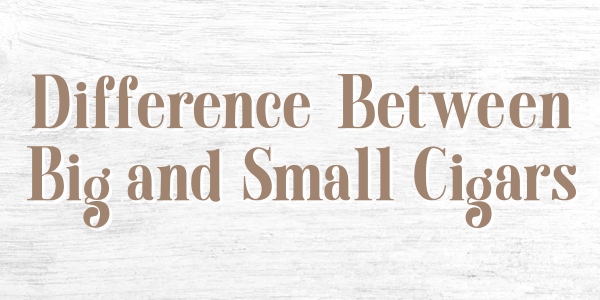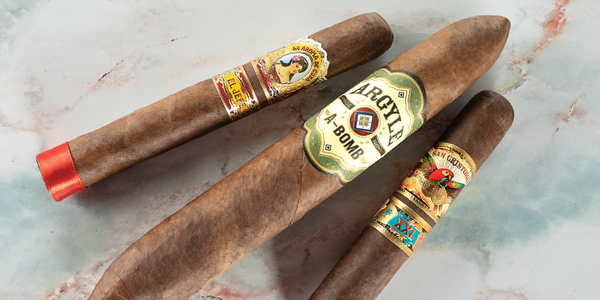All About Salomon Cigars
Is it just me? I don’t seem to have the time these days to smoke large cigars. I seem to remember a time when I could, but not for many years now. Also, for me, a large cigar that is not sufficiently complex can too quickly become monotonous in flavor and I get bored with it. I find I’m usually smoking Robustos and Torpedos, maybe a Corona Gorda. Still, occasionally, I do relish committing to the experience of enjoying one of the big vitolas. One of my favorites is the Salomon.
What Is a Salomon?
Not to get too technical, but a Salomon is a large Figurado, or shaped, cigar. The head is tapered and the foot expands into a sort of bulb with a nipple at the tip. Figure that a Salomon is traditionally about 7.25 inches long and about a 57 ring gauge at its chubbiest part. The Salomon is often considered a part of the Diadema grouping, though it’s not generally eight or more inches long.
Degree of Difficulty
The Salomon is one of the most difficult shapes to roll and that’s why you don’t see a lot of brands offering this size. A top roller usually makes between 50 and 60 in one day because the Salomon takes about twice as long to roll as most other shapes.
The Secret Salomones
This large vitola, much more common many years ago, was not a staple of the modern Cuban cigar brands, but the Partagás factory, in the 1990s, quietly made about 5,000 of the large Figurados. They were sold in unique, individually numbered wooden humidors, packed with two bundles of 25 cigars each. The price was $10,000 at the beginning. That experience helped propel the Salomon into the portfolios of some Cuban and, later, non-Cuban cigar lines.
Salomones Today
Salomones have seen a revival, mainly in non-Cuban brands. We like a lot of them, but here are a few favorites you might like to try.
La Flor Dominicana Andalusian Bull
Litto Gomez, owner of La Flor Dominicana, found the mold for the Andalusian Bull while in Belgium. Gomez, born in Spain, named the cigar after the province of Andalusia in Spain and used the bullfighter silhouette on the band as a tribute to the region’s culture. The font on the band is based on the handwriting of Spanish painter Pablo Picasso, who also painted a lot of images of bulls. But let’s look beyond the band at this slightly shorter Salomon, 6.5 x 64, about $16.
Named Cigar Aficionado’s number one Cigar of the Year in 2016, the Andalusian Bull is not easy to find in stock. It’s medium-full, with fillers from Gomez’s farms in the Dominican Republic. The wrapper is an Ecuador Corojo. This is a large-format cigar that you will not get bored with as you go along for the likely two-plus hours that it will take you to finish. It’s quite complex, with flavors of caramel, pepper, and leather that are expertly balanced. The finish is extraordinarily rich.
Argyle A-Bomb
A larger – actually huge – cigar, 9 x 95, this medium-powered cigar for $19.95 is sure to require a big chunk of smoking time. The A-Bomb contains Dominican and Nicaraguan fillers enveloped in a shiny Corojo wrapper. This is possibly a five-hour smoke. There’s leather, dried fruit, almonds, and wood, all ending in a sweet, creamy finish. I double-dog dare you!
Go Cuban
If you really must try a Cuban Salomon, I think there are two to consider. First, that hush-hush Salomon from Partagás is now generally available for about $33 in London shops. It’s a 7.25 x 57 in size and typically medium in strength, but with some complexity and notes of salted caramel, spices and a sweetish finish. The wrappers are generally gorgeous on the Salomones. Also, I’ve never had one that was plugged, a tribute to the skills of the best rollers making them.
Maybe more popular because it’s easier to find is the Cuaba Salomon. It too is 7.25 x 57, but a bit pricier at $48 or more in London. (Obviously, these cigars are less expensive in Cuba, but larger cigars are the first to fly off the shelves of Havana’s shops.) The flavor on the Cuaba is a bit more floral, but has some woodiness and nuttiness.

